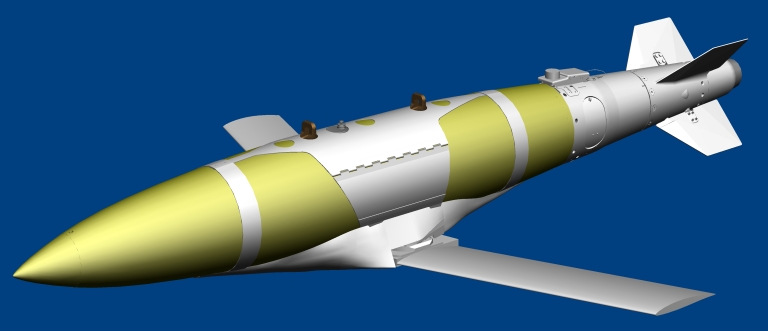INDIGENOUS ON-BOARD OXYGEN GENERATING SYSTEM (OBOGS) BASED INTEGRATED LIFE SUPPORT SYSTEM (ILSS) FOR TEJAS LIGHT COMBAT AIRCRAFT
ILSS-OBOGS an indigenous 'on-board oxygen generating system' (OBOGS) based 'integrated life support system' (ILSS) designed and developed to provide enhanced physiological protection to aircrew of high speed and high altitude fighter aircraft -Tejas with primary objective of meeting long endurance flights was today, the 29th December 2014, symbolically handed over by Dr.VC Padaki, Outstanding Scientist and Director, DEBEL (Defence Bio-medical and Electro-medical Laboratory) to Dr P S Subramaniam, DS, Program Director - Combat Aircrafts and Director Aeronautical Development Agency, in the presence of Dr K Tamil Mani, DS and DG Aeronautical Systems and Dr Manas K Mandal, DS & DG Life Sciences, directors of Bengaluru based laboratories and DRDO officials.
Congratulating the team Dr Avinash Chander, Scientific Advisor to Raksha Mantri, Secretary Deptt. of Def. R&D & DG DRDO lauded the achievement saying "a lifesaving system involving technological challenges, development of ILSS-OBOGS is a major achievement, expressing DRDO's commitment to deliver complex technologies for armed forces "
"Deliverability comes only if there is multi-disciplinarity", said Dr Mandal emphasizing the role of working together towards development of multi-disciplinary systems and stated, "Individuals do not make a team - the team makes an individual." Dr Tamil Mani, emphasizing the importance of synergy and lauded the dedicated work of the young team of scientists and said, "Technology breakthrough for OBOGS for future airborne platforms is now within our capability". Speaking on the occasion, Dr P S Subramaniam appreciated the role played by different stake-holders in the development of ILSS-OBOGS.
Designed to get integrated within the confined space available in the in the aircraft, the OBOGS replaces the Liquid Oxygen based system (LOX) by utilizing bleed air from the aircraft engine by separating oxygen from other components by a process based on Pressure Swing Adsorption (PSA) technology. Designed to provide breathing gas to aircrew continuously, the use of OBOGS technology offers advantage of unlimited endurance in the sky (unlike LOX system wherein endurance is limited by the storage capacity). In addition it also provides improved safety, reduced logistics and significantly lowered operational costs. Developed by DEBEL, a DRDO lab focused on development of bio-medical and electro-medical soldier support systems, the advanced ILSS- OBOGS addresses the need for preventing in-flight Hypoxia (during high altitude flying and emergency escape) and 'Gravity Induced Loss of Consciousness' (G-LOC) during high G manoeuvres.
The technology consists of On-Board Oxygen Generation System (OBOGS) that provides oxygen for breathing, a breathing regulator that supplies the breathing gas to the aircrew at desired flow and pressure, an Anti-G-Valve (AGV) that inflates the anti-G suit to apply desired counter pressure and an Electronic Controller Unit (ECU) to coordinate various functions. A dedicated solid state oxygen sensor to sense oxygen concentration in the breathing gas is an integral part of the system. In addition, many other sub-systems that provide back-up / redundancy and also impart life support during emergency escape are integral part of the ILSS-OBOGS that will now undergo ground fitment trials on Tejas, followed by flight trials. India will join the elite club of five countries who have established and mastered the technology in the field of ILSS for military flying once the trials are successfully completed. The ILSS-OBOGS has the versatility to be customized to the needs of other Indian fighter aircrafts like MIG-29, Sukhoi-30 Mk1 and Mirage-2000.
===========
From BR
@vishnu






